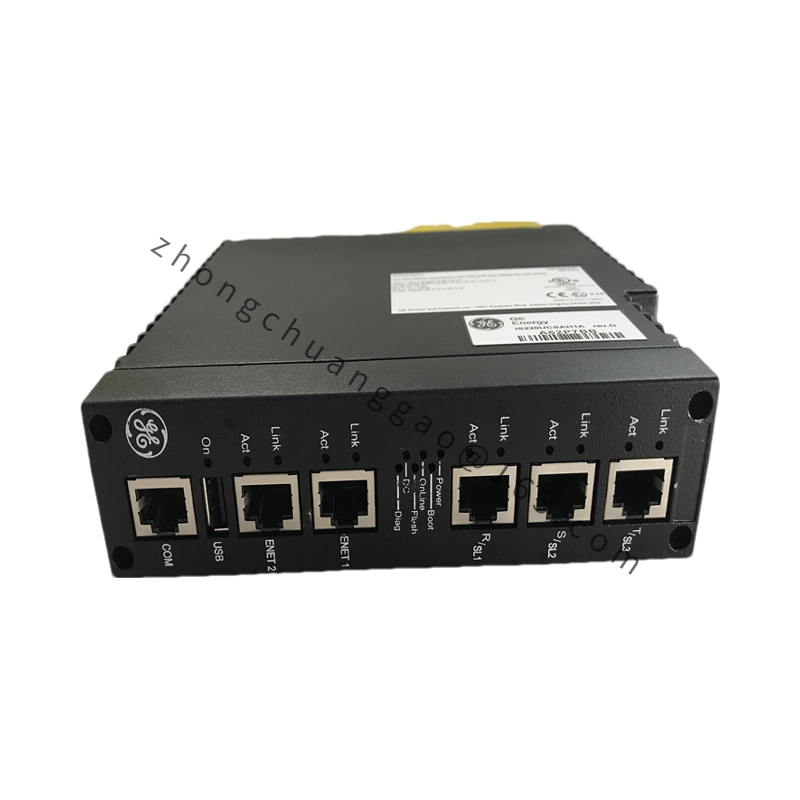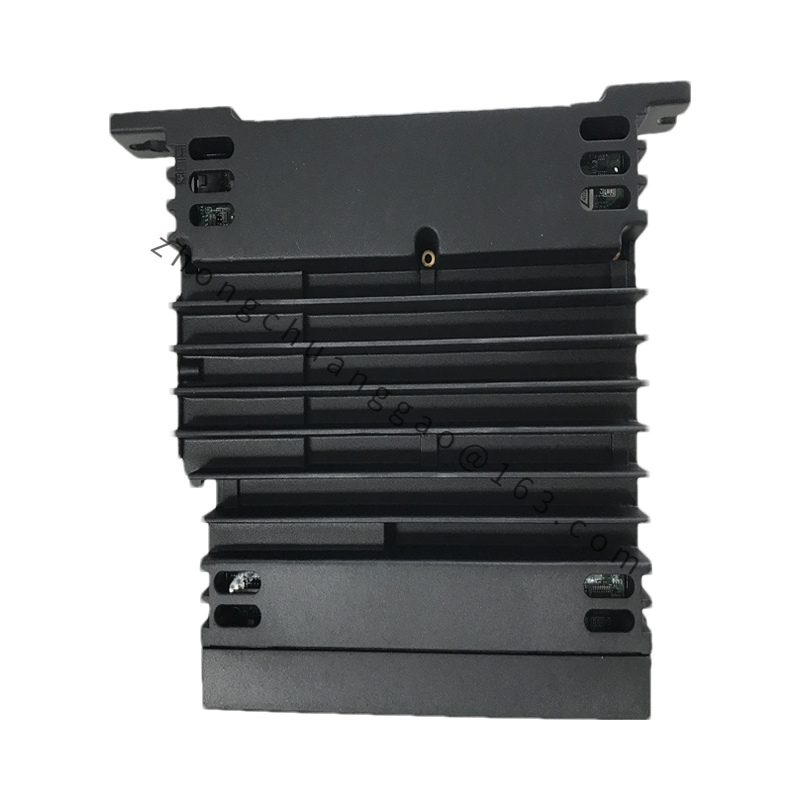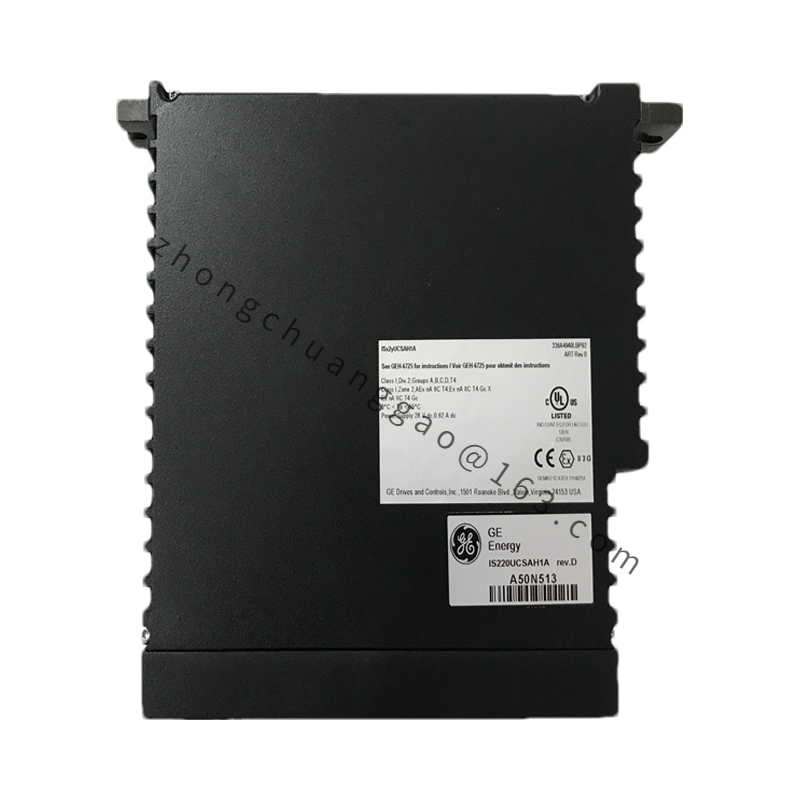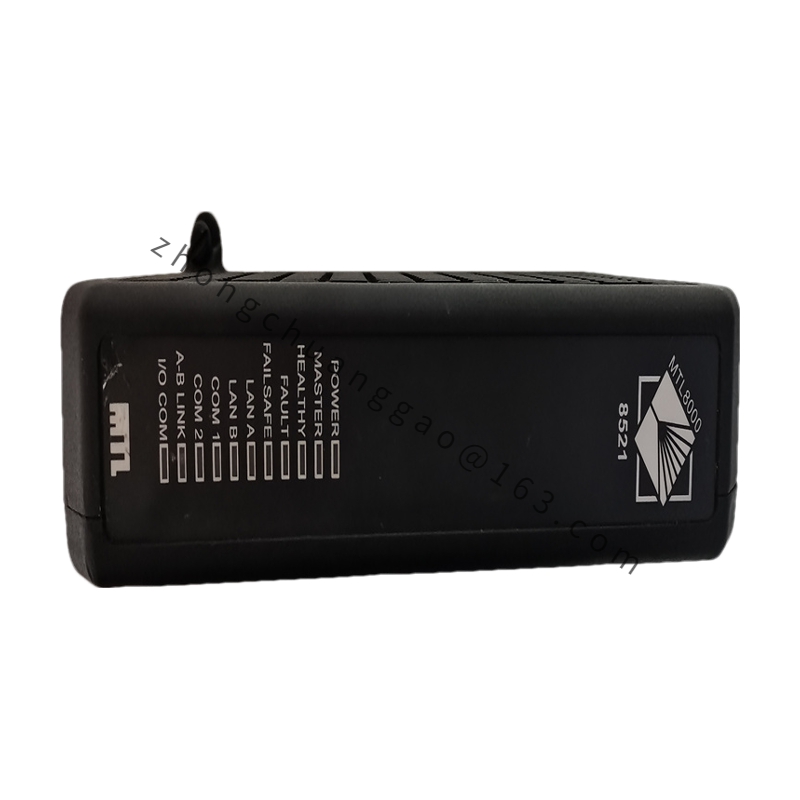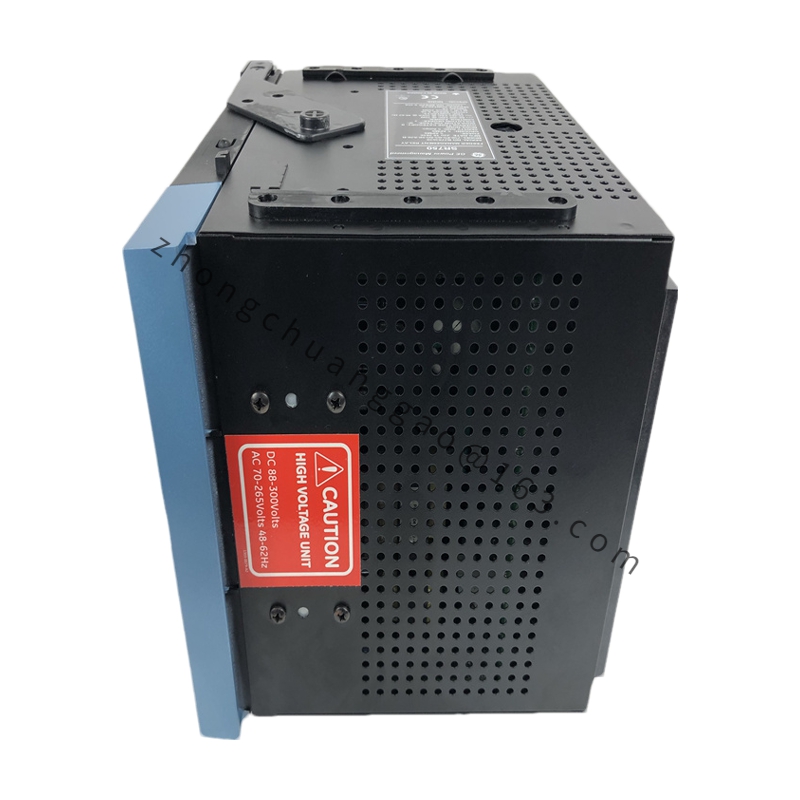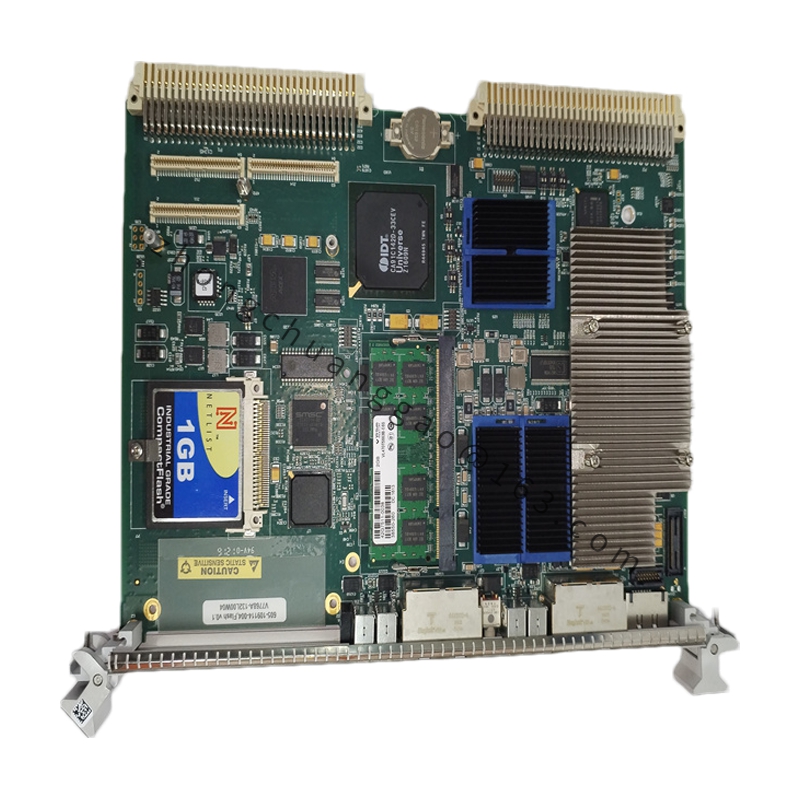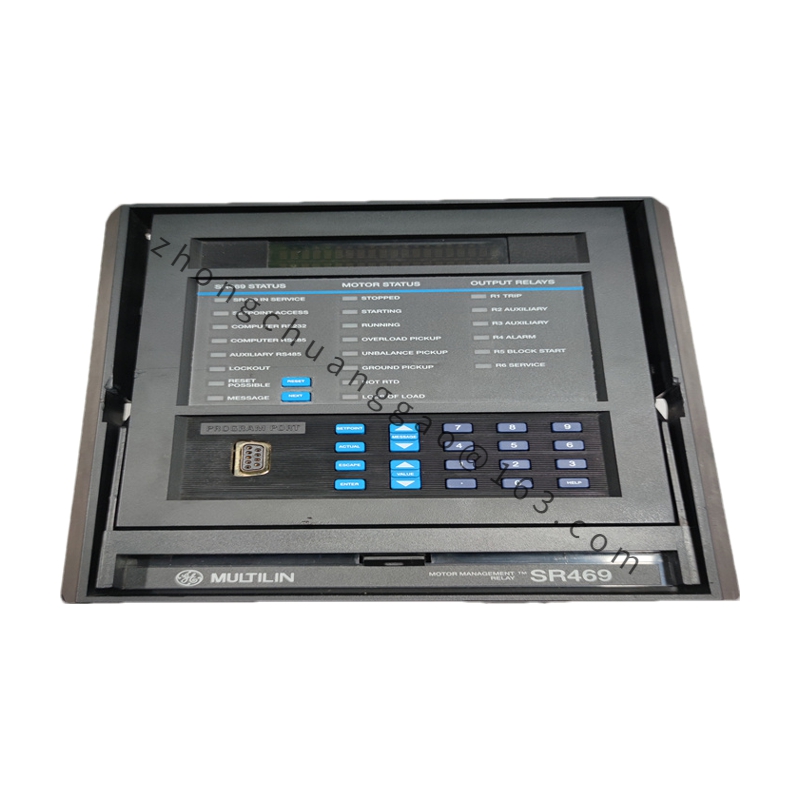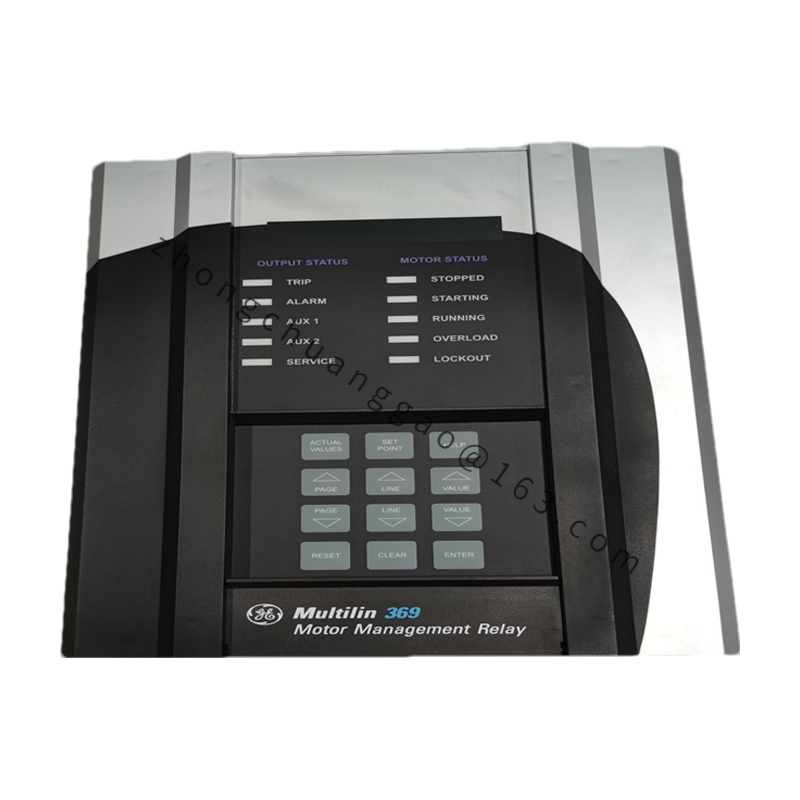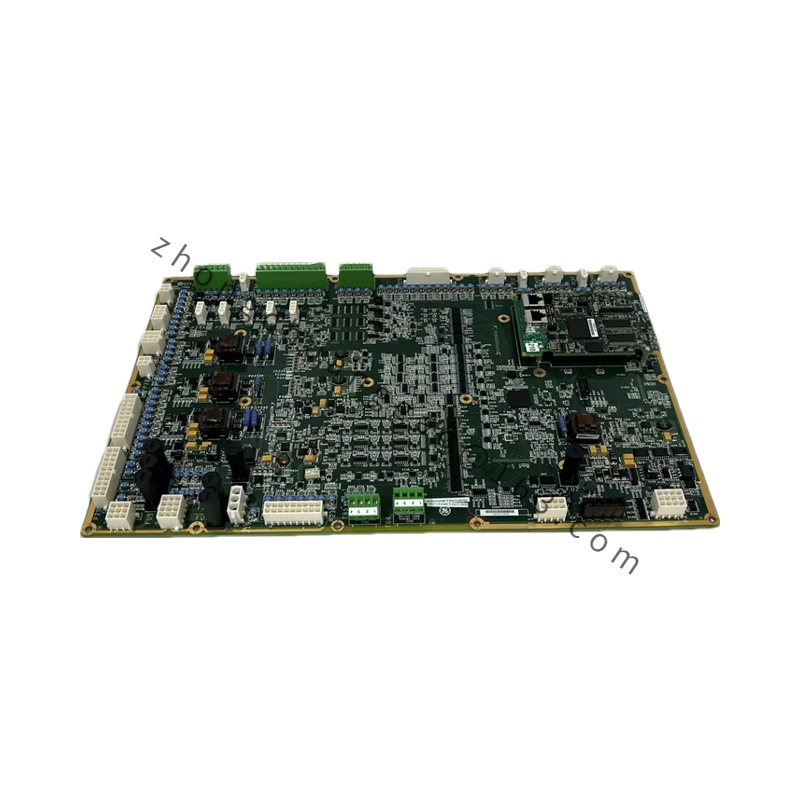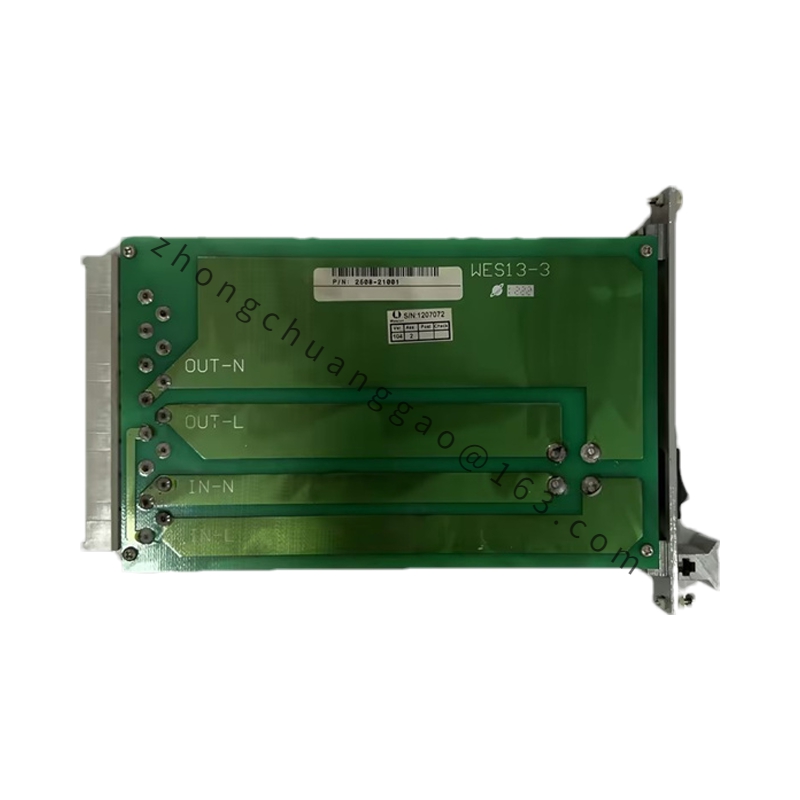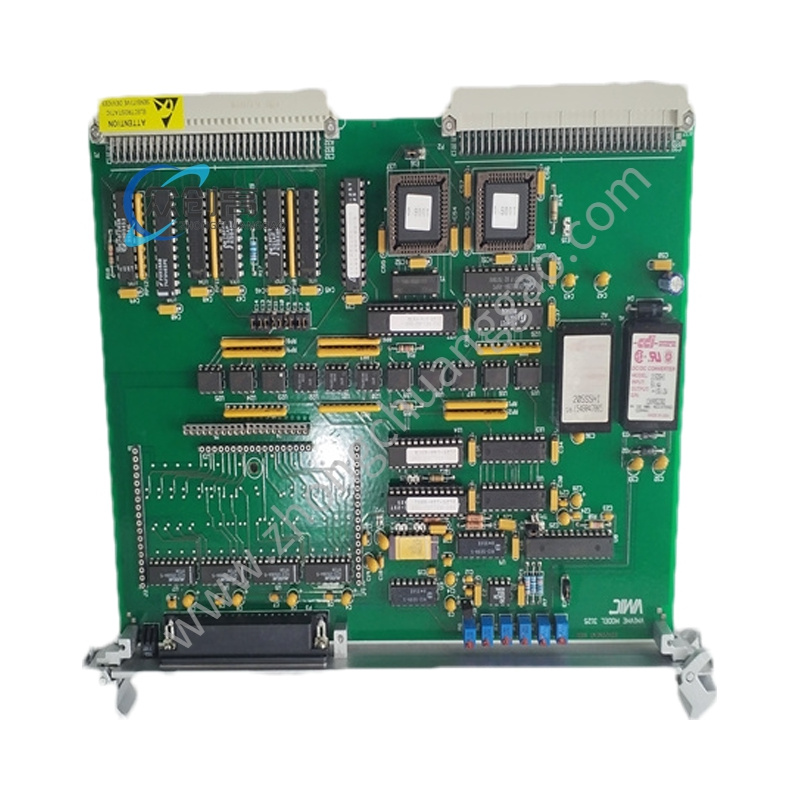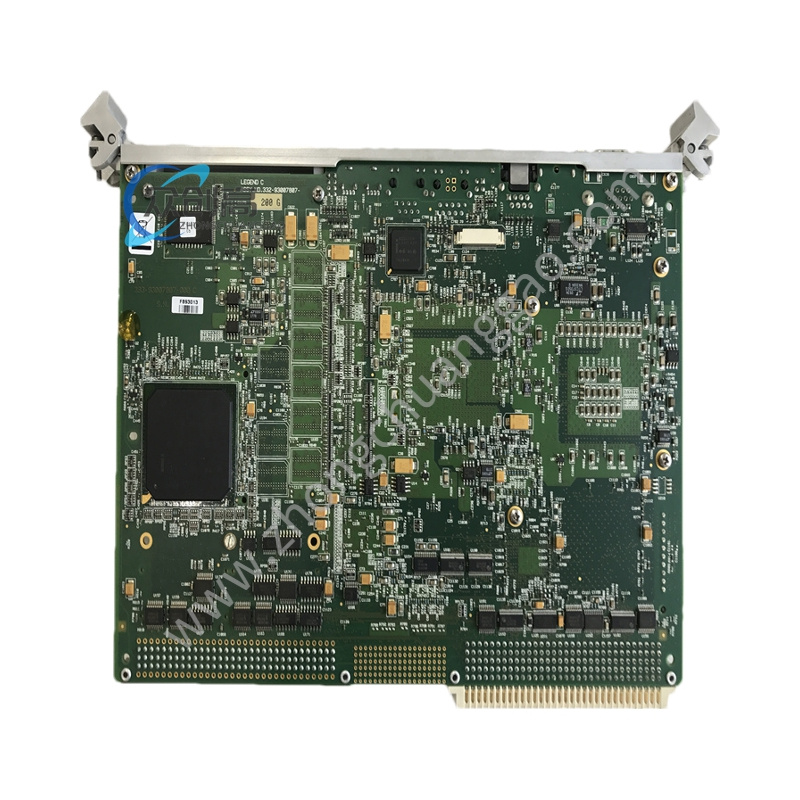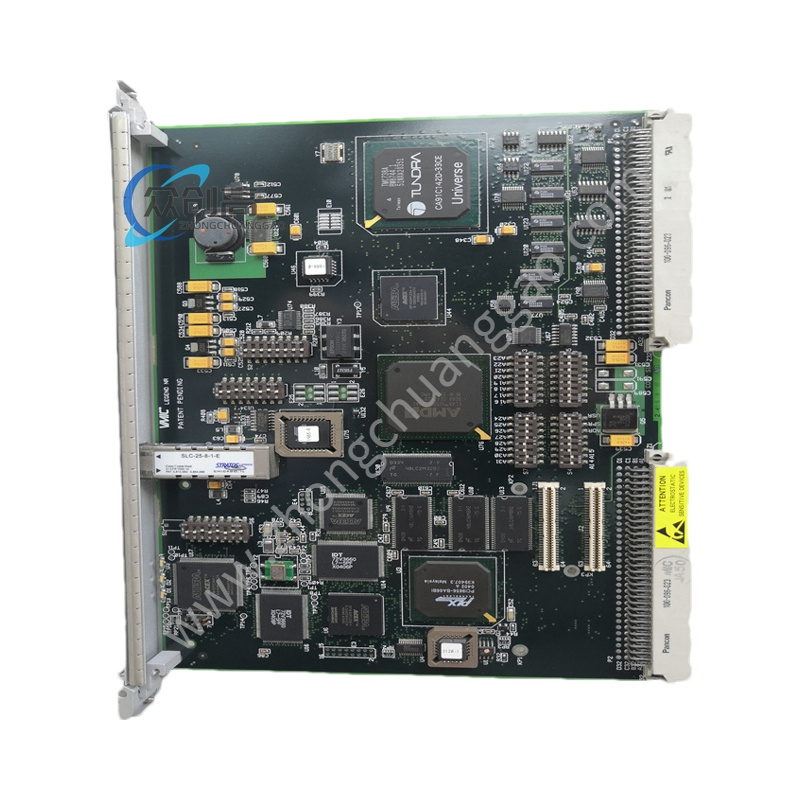Detailed content
Technical Specifications
- Manufacturer: General Electric (GE)
- Model: IS220UCSAH1A
- Operating System: QNX
- Processor: Freescale 8349, 667 MHz (Power QUICC II Pro)
- Power Supply:
- Voltage: 18~36V DC
- Power Consumption: 12 Watts
- Communication Interfaces:
- Ethernet (multiple ports, including 10/100BaseTX for UDH and IONet connections)
- Serial Port(s)
- USB Port
- Physical Interfaces:
- Six female pin connectors for I/O
- Multiple LED indicators for status monitoring
- Operating Temperature: 0°C to 65°C
- Cooling Method: Natural convection, no fan required
- Certifications/Compliance: Compliant with NFPA Class 1, Division 2 standards
Functional Characteristics
- Multiple Start Modes: Offers various starting modes such as voltage ramp and current limit start, ensuring smooth motor starts and reduced stress on the power grid.
- High Control Accuracy: Precisely controls motor startup and shutdown, minimizing mechanical shock and electrical stress.
- Comprehensive Protection:
- Overload protection
- Short-circuit protection
- Undervoltage protection
- Programmability: Supports programmable control logic, allowing customization based on application requirements.
- High-Speed Processing: Capable of executing complex control algorithms and logic in real-time.
- Memory and Storage: Sufficient memory and storage capacity for programs, data, and configuration information.
- Security Features: Includes access control and potentially data encryption for secure operation.
Application Scenarios
- Industrial Automation: Utilized in various industrial automation processes, including production lines, machinery installations, and manufacturing procedures.
- Power Industry: Found in power plants and distribution systems for control and monitoring tasks.
- Chemical and Process Industries: Deployed in chemical plants, oil refineries, and other process industries for monitoring and controlling production processes.
- Manufacturing: Optimizes manufacturing processes, ensuring production efficiency and product quality.
- Transportation: Integrated into traffic signal systems, railway systems, and other transportation control systems.
- Building Automation: Utilized in building automation systems such as building management systems and smart building control systems.
- Environmental Control: Applied in wastewater treatment plants, water treatment facilities, and environmental monitoring and control systems.

